The U.S. dollar remained relatively stable during today’s trading as investors awaited developments regarding the potential government shutdown in the United States, a factor that could disrupt the release of the closely watched monthly jobs report due later this week. Federal government funding expires at midnight unless Congress manages to pass a temporary spending deal between Republicans and Democrats.
In the event of a partial shutdown, the Labor and Commerce Departments would halt the release of key economic data, most notably the September jobs report, which is considered a primary indicator for the Federal Reserve’s monetary policy direction. The jobs data, scheduled for Friday, is a crucial tool for the Fed to assess labor market conditions, and any delay would leave policymakers “in the dark” when making decisions.
Currently, markets are pricing in a gradual rate cut of 42 basis points by December, with a total of 104 basis points expected by the end of 2026. Analysts believe a short-term shutdown would have little impact on the Fed, but an extended closure lasting more than two weeks could slow economic growth and push the central bank toward a more dovish stance.
The U.S. Dollar Index, which has lost nearly 10% since the start of the year, slipped slightly by 0.1% to 97.785 amid mounting political uncertainty. Losses were more pronounced against safe haven currencies such as the Japanese yen and the Swiss franc. The franc extended its modest gains, with the dollar falling 0.2% to 0.796 francs, while remaining steady against the euro and the British pound.
The yen strengthened, pushing the dollar down about 0.4% to 148.02 yen, after Bank of Japan deliberations suggested a 60% probability of a December rate hike. Market analysts noted that selling the dollar against the yen may become a favored strategy if a U.S. government shutdown occurs, especially as the pair has already lost nearly 6% since the beginning of the year.
Elsewhere, the Australian dollar benefited from a cautious tone struck by the Reserve Bank of Australia on inflation after it kept rates unchanged. The currency rose 0.4% to 0.6604 U.S. dollars, with investors awaiting data that could show stronger than expected Q3 inflation.
The British pound brushed off growth figures showing a 0.3% expansion in the U.K. economy in Q2, despite a widening current account deficit equivalent to 3.8% of GDP. Sterling edged higher to 1.3448 U.S. dollars while trading sideways against the euro at 87.34 pence. The euro also gained against the dollar, rising to 1.1742 U.S. dollars.
Stay informed about global markets through our previous analyses. and Now, you can also benefit from LDN company services via the LDN Global Markets trading platform.







